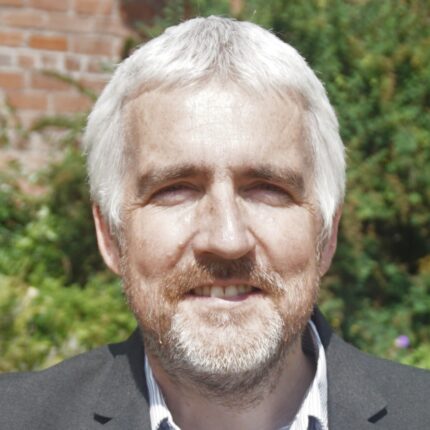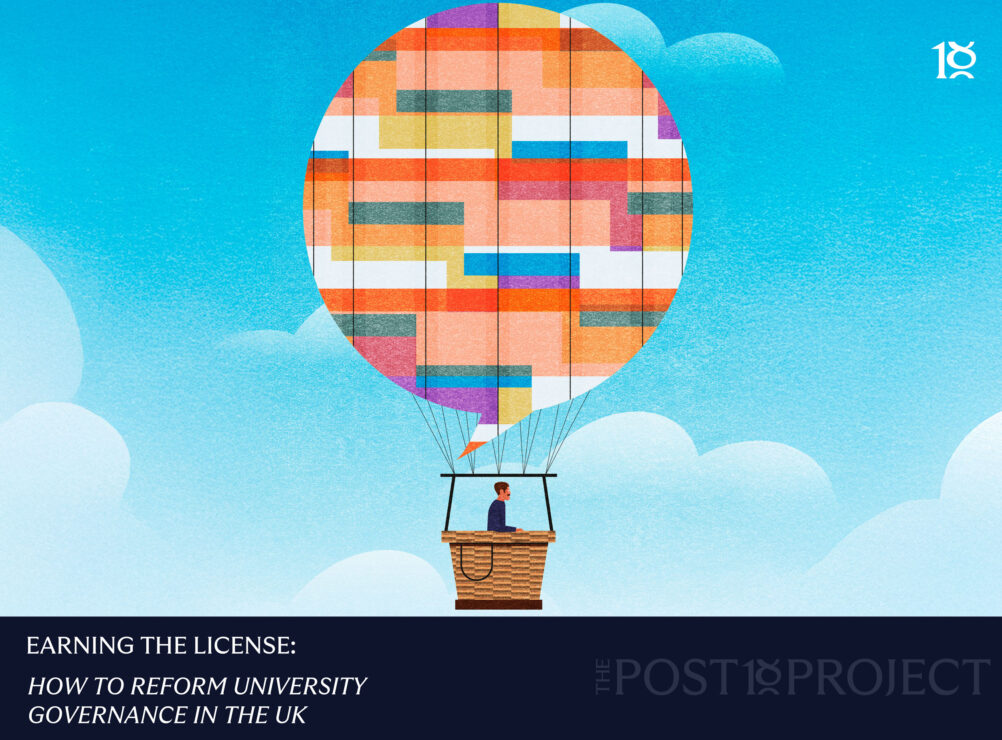While there is diversity in the models used to deliver higher education across Wales, one model remains overwhelmingly dominant – the three-year, full-time undergraduate honours degree.
Other forms of undergraduate provision do exist, like foundation years, HNDs, and part-time options, but the opportunities are more limited in scope. Not all providers offer the same breadth of choice either. Some stick closer to that traditional full-time route, while others have been more creative with flexible and alternative pathways.
Why does this predominant model persist? Our analysis, in an in-depth investigative study into the diversity of higher education delivery models across the country commissioned by the Higher Education Funding Council for Wales, reveals it is sustaining itself through inertia in the system.
From funding arrangements that favour the full-time model to university procedures and institutional cultures that evolved around it, the entire architecture of higher education has become focused around this one approach. Yet our engagement with stakeholders highlights a disconnect between these ingrained practices and the realities faced by many prospective learners in Wales.
From a different time
Too many students confront barriers that make the traditional full-time model inaccessible or extremely challenging. Caring responsibilities, disabilities, economic disadvantages, and being a member of certain underrepresented ethnic groups like Roma or Bangladeshi communities – all make it harder to pursue the conventional route. Even factors like gender and age significantly influence the delivery preferences of students.
What’s more, around 25 to 30 per cent of Welsh students choose to study outside of Wales altogether. Drivers like the perception of prestige at certain institutions and similarities with the English system seem to pull many of the most “privileged” Welsh students across the border. An uncomfortable pattern emerges – privilege bestows more choice, while disadvantage limits it.
The full-time model was conceived at a different time, for a different audience. While it remains a perfectly valid option that many students will continue to prefer, our research indicates that a need for expanded alternatives has become acute, especially as the cost-of-living crisis impacts more students. A growth in flexible, bite-sized, guided, online and work-based models could go a long way toward closing these participation gaps and futureproofing the system.
Against the grain
However, developing and scaling novel approaches is made harder by the very system that perpetuates the status quo. Financial barriers like the dominant funding mechanisms and overhead costs of fragmented initiatives stymie progress. So do operational hurdles including outdated digital infrastructure, cumbersome processes, and, perhaps most harmfully, some of the cultural inertia found at certain institutions.
These obstacles are not insuperable, but dismantling them will require a substantive sector-wide strategy guided by robust policy, enabled by purposeful investment, and brought to life through committed cross-institutional collaboration. The formation of the new Commission for Tertiary Education and Research (Medr) offers a catalysing opportunity.
Our team, which also included Huw Landeg Morris and Jan Watkins, has recommended systemic changes like modernising funding models, streamlining regulatory frameworks, upgrading data architectures, embedding institutional agility, and developing coordinated “vehicles” to jointly deliver bite-sized or cluster employer-tailored programmes at a national scale. We further propose piloting initiatives like a “Study in Wales” programme to attract Welsh-speakers back from England and boost bilingual skills.
At its core, our study spotlights an uncomfortable reality – the higher education system’s foundations were laid at a different time to address the needs of a different population cohort. While the three-year degree will remain central, expanding the range of alternatives is critical for promoting equitable access and fueling Wales’ economic and social ambitions. Delivering that diversity at scale will require commitment, investment, and transformation. And having diagnosed the current constraints, Wales is now well-placed to move forward in tackling them.
Trailblazing
With the establishment of Medr, Wales stands at an important juncture for expanding access to a fuller range of educational opportunities.
Progress may require dismantling some legacy arrangements. But higher education everywhere will need to evolve in response to shifting realities. Why not let Wales blaze the trail with policies and models deliberately engineered for a diversity of 21st-century learners? Our report provides the insights to shape that path. What’s needed now is the resolve to walk it.
This article reflects the views of the authors and does not speak for or on behalf of the Higher Education Funding Council for Wales.















That many able Welsh student study outside of Wales is no surprise, like a number in our families across England I studied in Wales, the cultural exchange and experience should not be dismissed. As to alternative models, one has to consider Wales is still in flux having lost much of its traditional industries, and with Tata closing the remaining steel works the effects of Welsh society will continue for some time to come, no matter how much the population demographic has changed. Until you can understand it’s Wales for the Welsh Os gweli di’n dda Cau dy ben!